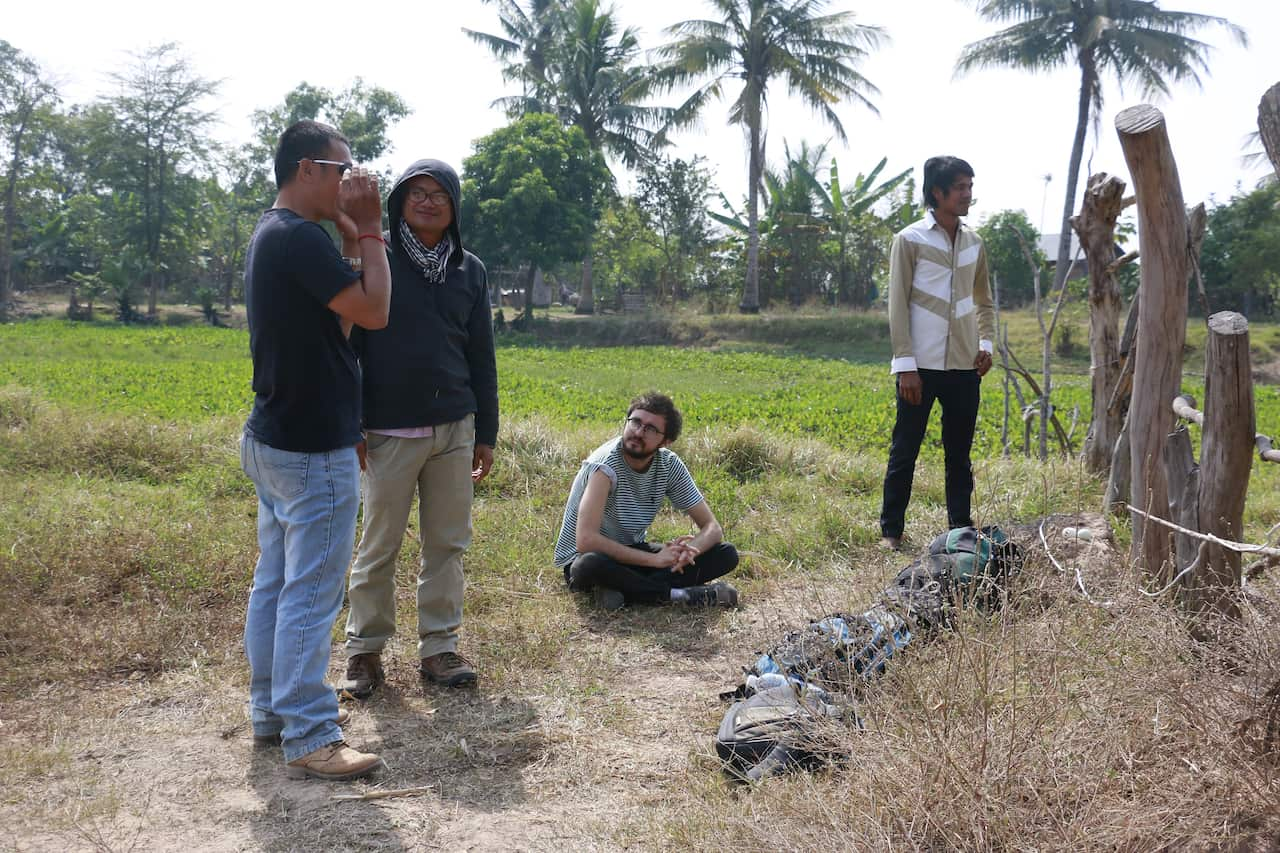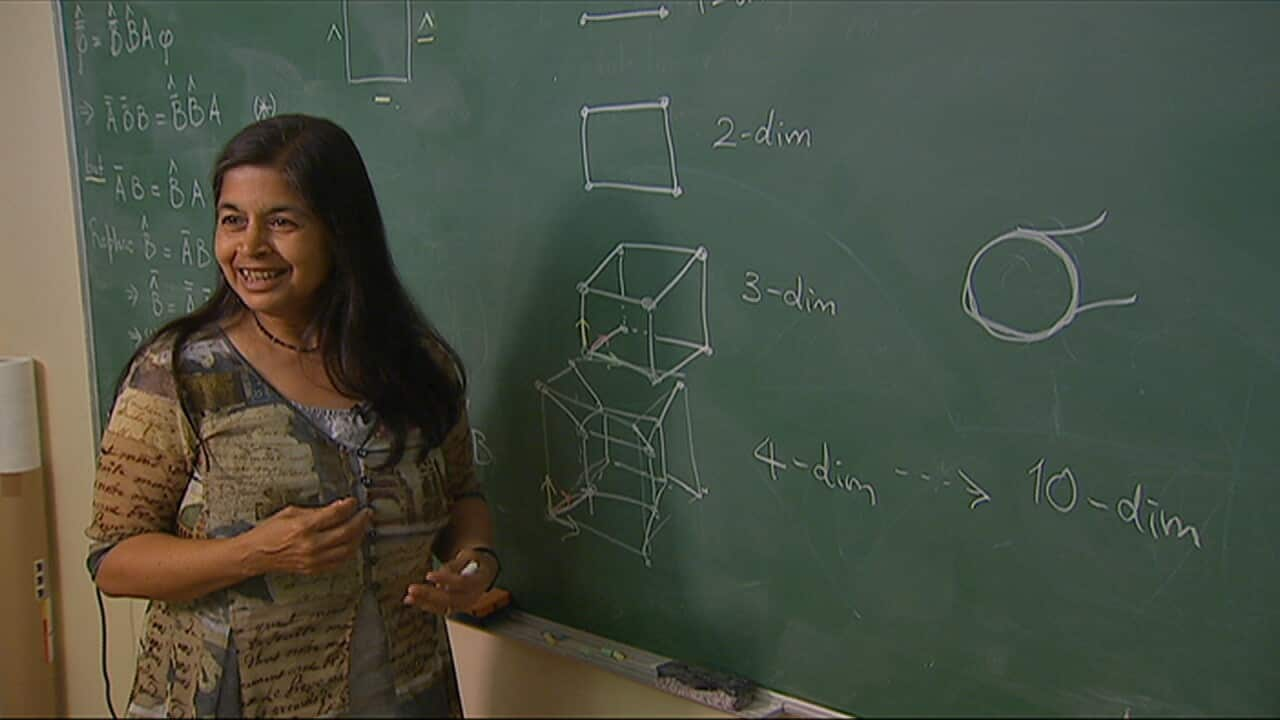Like many religions, Buddhism teaches forgiveness and understanding.
Bunhom Chhorn, or Hom as he's known, has a lot to forgive.
"I don't know how to describe the desperation to people, especially to mainstream Australians. I'm not talking about your Mastercard in overdraft. I'm talking about humanity desperation. Desperation for life," he said.
Born two years before the fall of Cambodia to the Khmer Rouge, Hom spent his early years tilling paddies near the city of Battambang.
Until mid-1978, Hom and thousands of others were marched to a remote labour camp - a place they called Camp 32.
From the eyes of a child, he says it felt like an adventure.
"I think every child is excited to be anywhere, whether it's hell heaven or earth," he said.
The reality would be hell.
It's estimated over 30,000 were killed at Camp 32. Official records don't exist. The children were separated from their parents and marched into the jungle, where they were starved, beaten and tortured.
The children were separated from their parents and marched into the jungle, where they were starved, beaten and tortured.

Bunhom Chhorn (third from the right) with family members Source: Supplied
Hom and a small band of children made a plan to escape while the guards were sleeping.
"We just know we needed to run," he said. "Five of us, 6, 7-year-old kids walking in the forest, 20-50 kilometres by ourselves for seven days and somehow we managed to find my mum."
By this stage, the Khmer Rouge had been overthrown by Vietnamese forces, but fearing more violence, Hom and his surviving family fled to a refugee camp in Thailand.
"We have enough of being controlled, we have enough of someone deciding if we live or we die. Let's just go somewhere where we decide if we live or we die," he said.
That somewhere would be Australia. Hom, his mother and brother received an offer of asylum. Two other siblings had already left for America.
Hom, his mother and brother received an offer of asylum. Two other siblings had already left for America.

Bunhom Chhorn (third from left) with his family in a refugee camp before leaving for Australia Source: SBS
The family knew little of the lands they would soon call home.
"When we were selected for Australia we were overjoyed. I thought it was a state of America and I'd be with my brother and sister but it's not and I'm glad now," he said.
That was the first shock. The second was the luxury conditions on-board the Qantas plane that flew the family to Australia.
"My life has always been about suffering and desperation, always being hungry then suddenly I'm on a Qantas flight, looking around, lots of white people, lots of European. I thought I was in heaven," he said.
And it only got better. Hom says the clean streets of Melbourne were a stark contrast to the devastation in Cambodia.
Hom says the clean streets of Melbourne were a stark contrast to the devastation in Cambodia.

Bunhom Chhorn (second from left) and family in Melbourne Source: Supplied
"The road is paved, there's concrete," he said. "Even the grass in well maintained and I thought, 'wow, we could sleep anywhere, there would be no problem.'"
Now 45, Hom has a young family in suburban Melbourne, and maintains links with the Cambodian community through the Buddhist temple south-east of the city.
But despite living in safety, he couldn't escape the nightmares of his past.
Hom was encouraged by Melbourne's Jewish Holocaust Centre to return to Cambodia to document the truth of Camp 32.
"It's very painful to speak out, but they said to me, 'it would be even more painful when people start to deny what you went through, so you go first.'" The Holocaust Centre released his documentary last year, marking 33 years since he survived the genocide that claimed millions.
The Holocaust Centre released his documentary last year, marking 33 years since he survived the genocide that claimed millions.

Filming in Cambodia Source: Supplied
And to Hom, Australia is still heaven.
"I teach my children you are living in heaven," he said. "You might have to learn to drive properly and if you don't you will get a parking ticket. But it's still heaven - even with a parking ticket."











